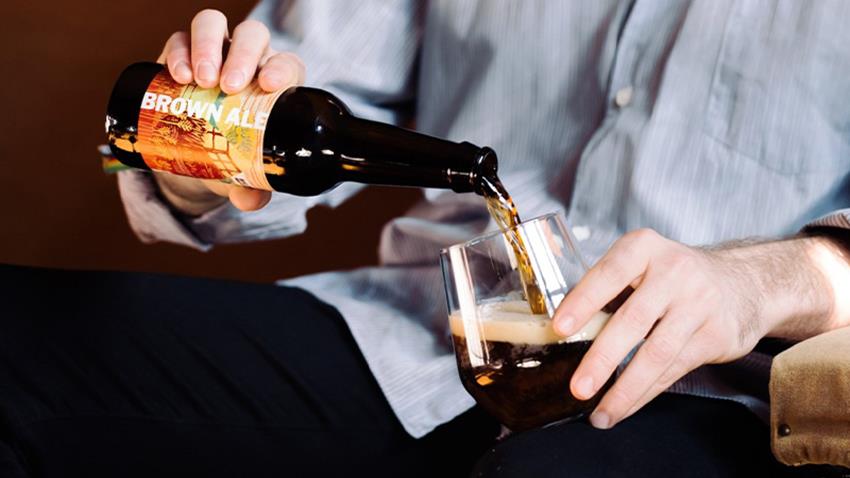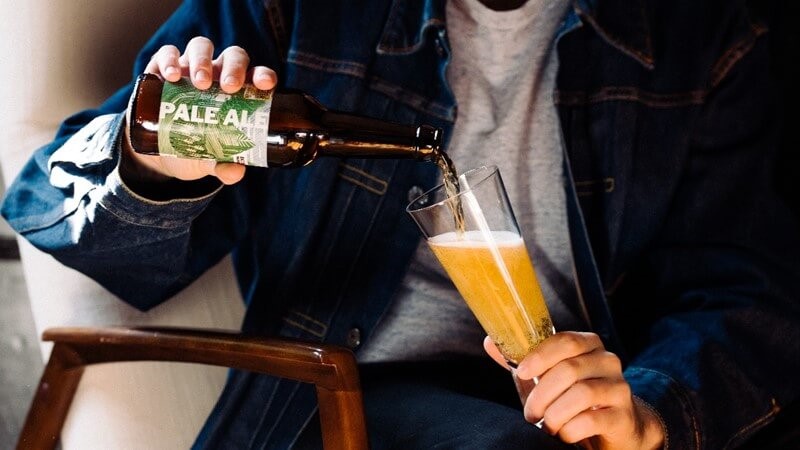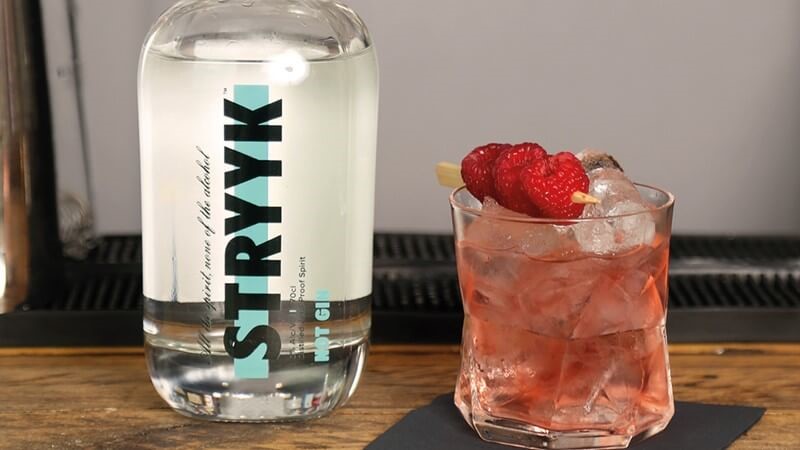
After the overindulgence of the festive period and the resolutions of the New Year, January is a time for consumers to reflect on their going-out habits. While tighter wallets and increasing health awareness drive this January dry period, there remains a strong appetite for eating and drinking out. It’s just when out, alcohol is playing less of a role.
On-trade visits and drink sales increased last year, but one trend stood out. Shopper trends suggest that the Low & No category is growing rapidly, now frequently purchased by 5% of the population. Does this indicate that January dryness won’t fade as quickly in 2020? Is moderation and abstention a real trend that operators need to consider when future-proofing their drinks list? We asked three brands to shed some light.
Nick Worthington, Commercial Director at Big Drop Brewing Co.

"Lunchtime is when we sell most of our beer, not January. There’s a whole range of people who are moderating their drinking throughout the year: from those who can’t drink at a particular point in time (drivers, people on medication etc.) to people who are choosing to reduce their alcohol intake – whether for health reasons or simply because they want a great tasting beer without the consequences of alcohol. Maybe they’re training for a marathon, maybe they’re on a business lunch, or maybe they have young children keeping them up at night?"
James Pattison, Marketing Manager at Stryyk
“Whilst Dry January is a huge motivator for moderation, it isn’t the only time of year where consumers are looking to abstain. Times when consumers are making multiple visits per week to the on-trade, (think high consumption periods such as summer, Christmas, or sporting events) represent an opportunity to leverage a low and no offering. Consumers who moderate, rather than abstain, are carefully selecting their nights to drink and pacing themselves, with every 2nd or 3rd drink a non-alcoholic one. Then we need to consider other segments, such those who are driving or pregnant and that’s year round."

James Grundy, co-founder of Small Beer
“This time of year sees so many of us rethink our attitude and approach towards what we eat and drink. We believe that Small Beer helps cater to this these New Year's resolutions, but it also helps support a healthy relationship with alcohol beyond January to all year round. We're very passionate about providing a compelling alternative to those caught between the extremes of either 'drinking' or 'not drinking'. We're here to build a more sustainable association with alcohol where balance doesn't feel like a short-lived period of discipline or compromise, but instead, it can be part of a long term lifestyle. This is the sweet spot that we see lying ahead for the future of the booming low and no sector and we're very proud to be at the forefront."
Moderation is becoming mainstream. CGA data suggests that only 9% Low & No drinkers think of themselves as teetotal. Experimentation is rife in the on-trade; health conscious drinkers are seeking to try new alternatives to simple or sugary drinks. No wonder Low & No sales grew by almost 50% in 2019. The category now represents year-round opportunity, and with the influx of new and exciting brands, operators now have the tools to exploit it!

